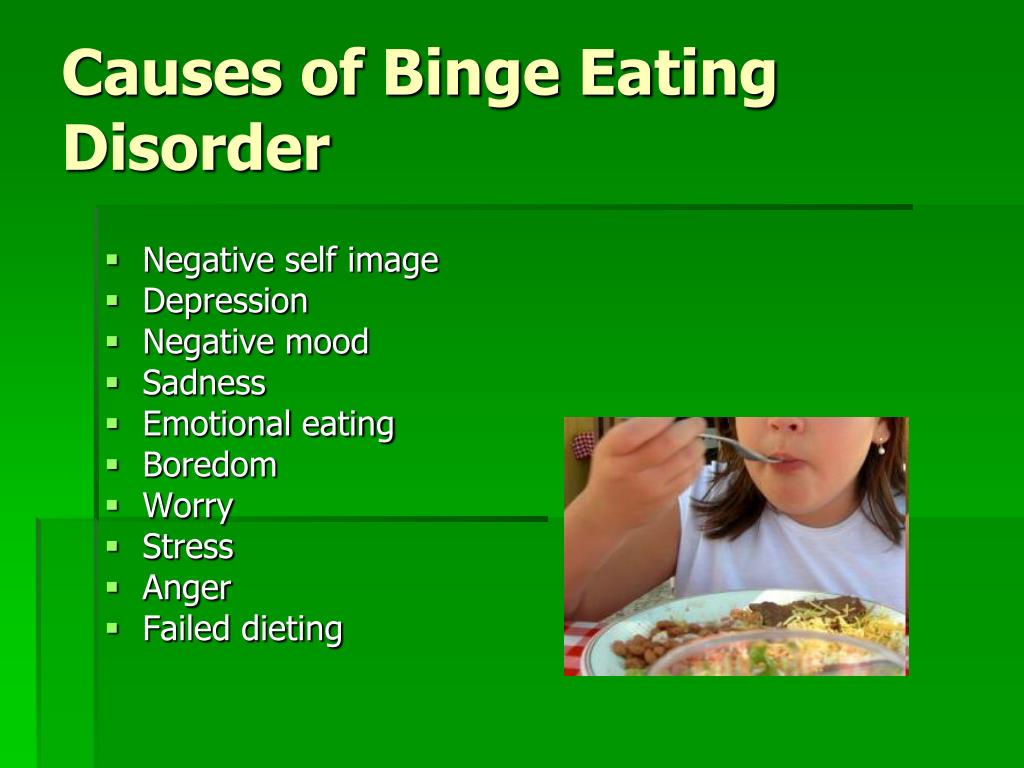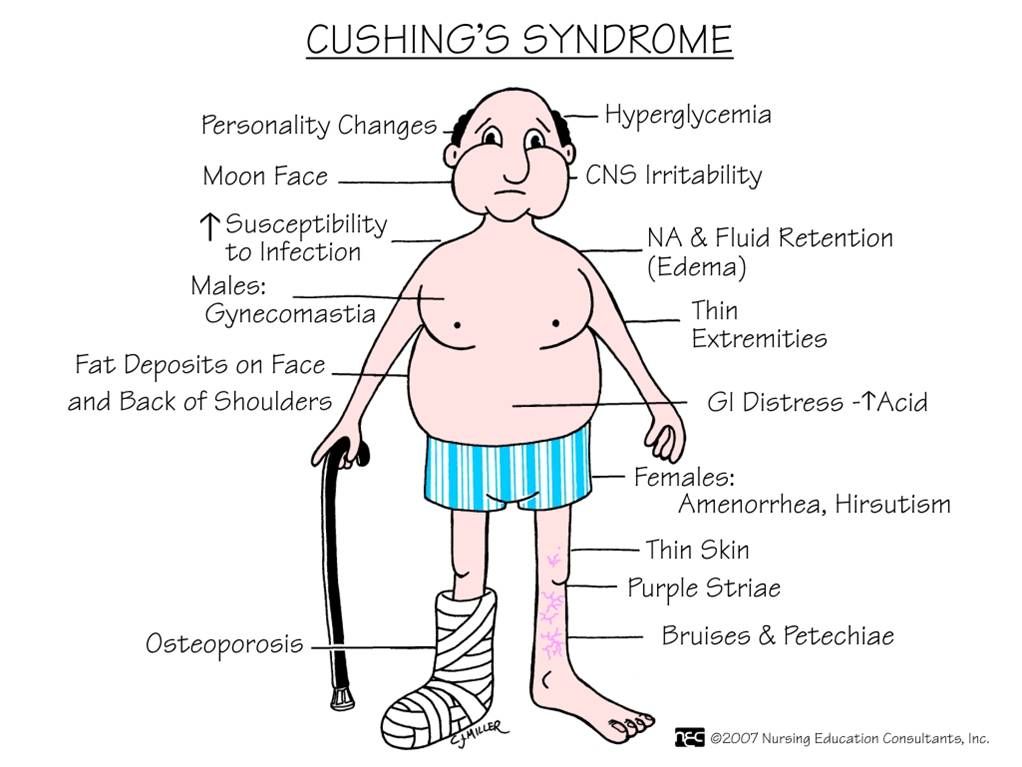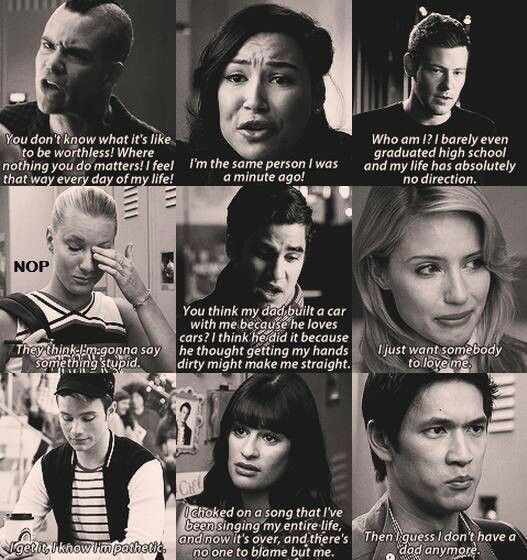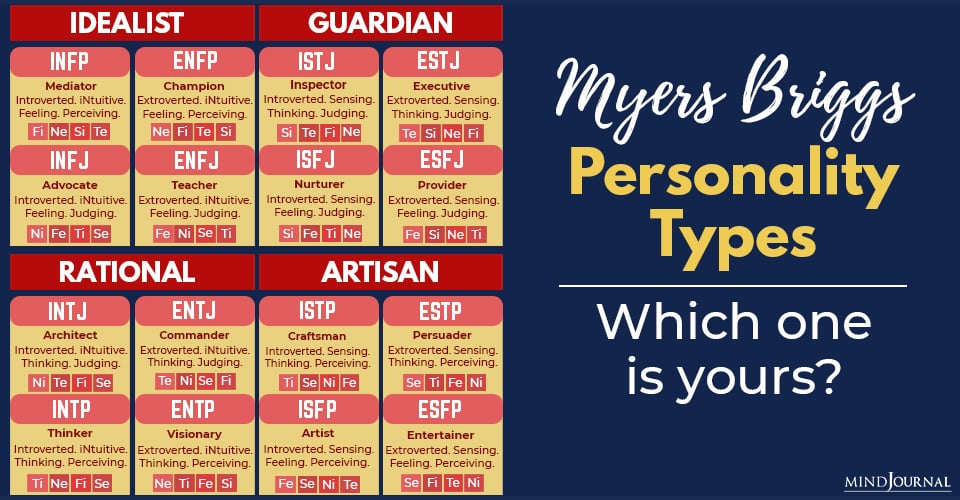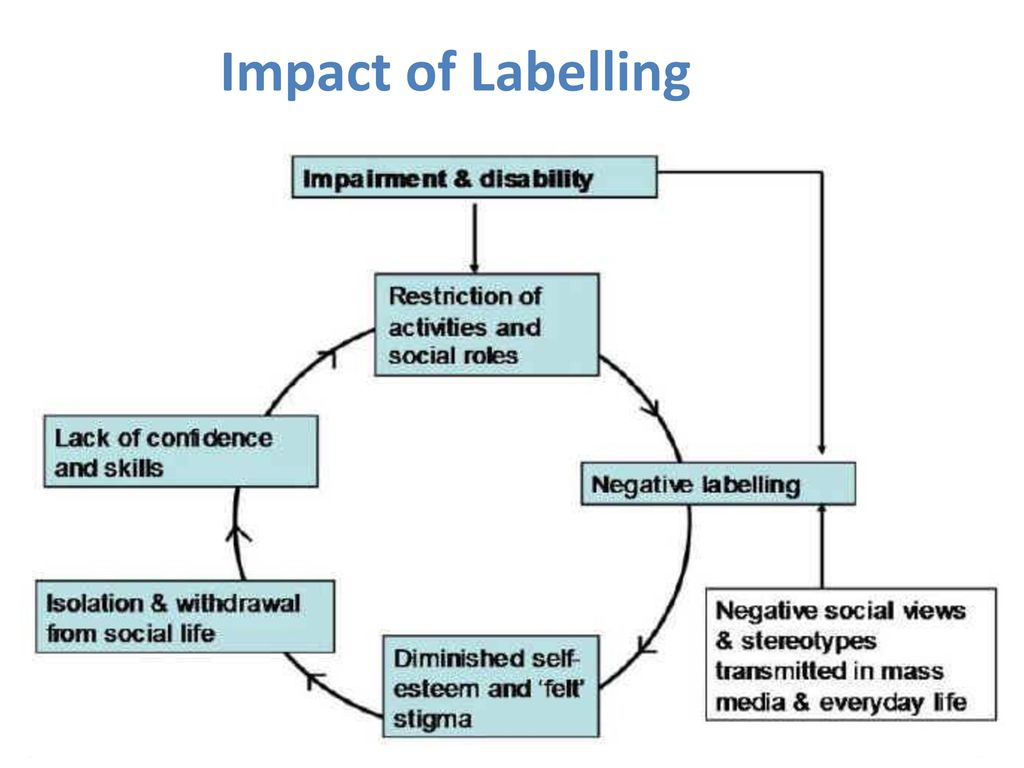Autistic burnout vs depression
How to Tell the Difference — Insights of a Neurodivergent Clinician
When you come to an autism discovery late in life, it is often followed by a season of a thousand “ah-ha” moments. It’s like all the unanswered questions of your life finally become answerable. It can be a powerful and intense experience.
For me, one of those powerful ah-ha moments was around the concept of Autistic burnout. I have struggled with fatigue my whole life, most intensely in the aftermath of childbirth/having young children. I’ve been diagnosed with depression a handful of times. And yes, I was depressed, and it was good to be treated for depression. However, each season of depression followed a particularly intense period of pushing, masking, and performing. What I now realize is that each season of depression was instigated by a season of Autistic burnout.
If I had an accurate understanding of Autistic burnout, I believe my episodes of depression would have resolved more quickly. It is incredibly important that we increase awareness of Autistic burnout within the mental health world. Autistic burnout is one of the leading causes of depression and suicidality for Autistic people. So let’s dive in!
The Connection Between Autistic Burnout and Depression
While autistic burnout is distinct from depression, it often leads to depression. Autistic burnout is a distinct pathway to Autistic depression and suicidality. And so it is not hyperbolic to say that understanding the difference and treating Autistic burnout can save lives. I realize that sounds dramatic, but that’s kind of the point; this is really important for clinicians to understand.
So, if you’re a clinician reading this, consider ways to sharpen your eye so you can spot Autistic burnout. If you love an Autistic, sharpen your eye and find ways to reduce their overall social/cognitive load when they start to burn out. And if you are Autistic, take care of yourself, learn some of the strategies that will help prevent autistic burnout, and know your triggers and early signs of burnout.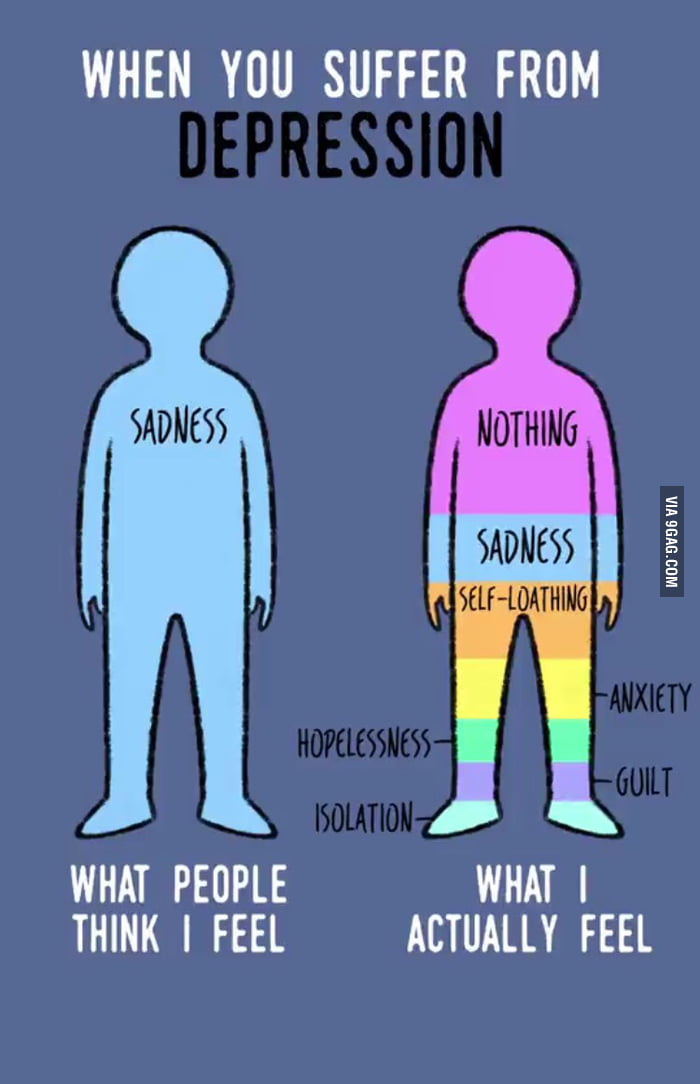
And now, moving on to the data. This is a long post, so to orient you, here is what is covered (I encourage you to pick and choose sections to read based on what is relevant to you).
Autistic Burnout Overview and Definition
Characteristics and Symptoms of Autistic Burnout
Causes of Autistic Burnout
Recovery Tips
Prevention Strategies
Few studies have formally studied Autistic burnout, and thus it is largely missing from the academic and clinical literature. It has recently become more widely talked about as autistic self-advocates are increasingly talking about the internal experience of autism. Raymaker et al. recently published one of the first studies on autistic burnout, which you can read in full here. Much of the following information comes from their research.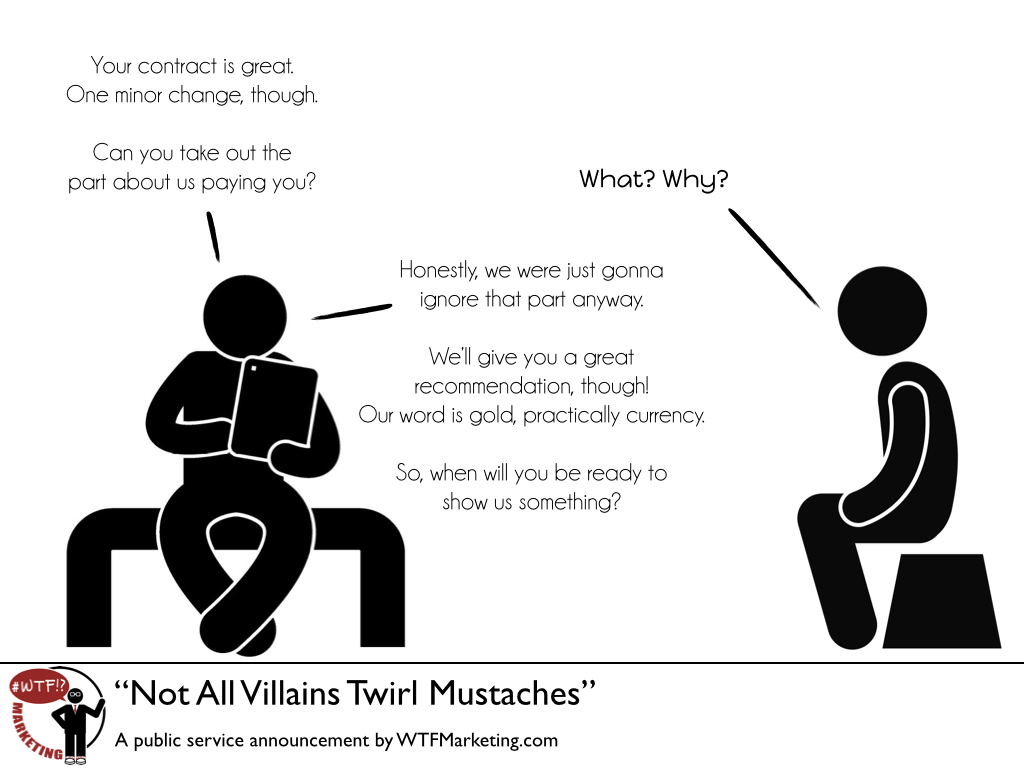
Autistic burnout is distinct from occupational burnout and from depression. This speaks to the need to have specific training and education to address autistic burnout. Raymaker et al. suggest that education on autistic burnout be included in clinical training and suicide prevention programs. Raymakers article is one of the first to move toward a clinical definition of burnout; they define it as:
Definition: Autistic burnout is a syndrome conceptualized as resulting from chronic life stress and a mismatch of expectations and abilities without adequate supports. It is characterized by pervasive, long-term (typically 3+ months) exhaustion, loss of function, and reduced tolerance to stimulus. (Raymaker et al., 2021).
Characteristics of Autistic BurnoutThe three primary characteristics of autistic burnout include:
Chronic exhaustion
Reduced tolerance to stimuli
Loss of skills (e.
 g., reduced executive functioning such as thinking, remembering, creating and executing plans, performing basic self-care skills, and activities in daily living).
g., reduced executive functioning such as thinking, remembering, creating and executing plans, performing basic self-care skills, and activities in daily living).
Other Symptoms: In addition to the intense emotional, physical, and mental exhaustion, it can also result in difficulty managing emotions which makes a person more prone to outbursts or intense anxiety. It can also result in an increase in autistic traits such as repetitive behaviors, reduced tolerance for sensory sensitivities, and increased difficulty adapting to change.
Causes of Autistic BurnoutAutistic burnout is more common among autistics who have strong cognitive and language abilities and frequently use camouflaging and masking to move through social space.
Autistic burnout is often considered to be one of the side effects of masking and camouflaging. It can be related to the high demands of navigating the neurotypical world, sensory overstimulation, an overuse of executive functioning fatigue following high executive functioning demands, or stress associated with significant changes.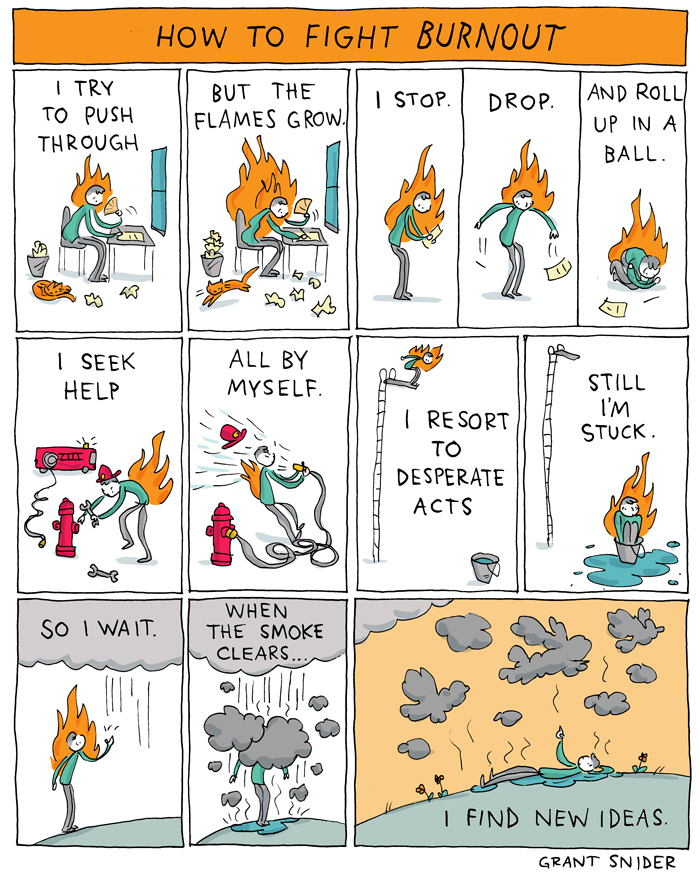
Burnout Equation
Raymaker et al. provided a framework for understanding Autistic burnout. When life stressors and barriers to support added up to a cumulative load that exceeded the person’s abilities, this resulted in burnout.
Essentially when expectations outweigh abilities (+support), this is unsustainable and leads to burnout. This happens more often for folks who are holding themselves to neurotypical standards/living/working and schooling in neurotypical spaces.
In Raymaker’s research, the most common stressors included: masking, suppressing autistic traits, pretending to be allistic and social pressures and expectations. As another participant put it:
“The metaphor I use is that long-term camouflaging and masking leaves behind a kind of psychic plaque in the mental and emotional arteries. Like the buildup of physical plaque over time can result in a heart attack or stroke, the buildup of this psychic plaque over time can result in burnout.”
Raymaker et al.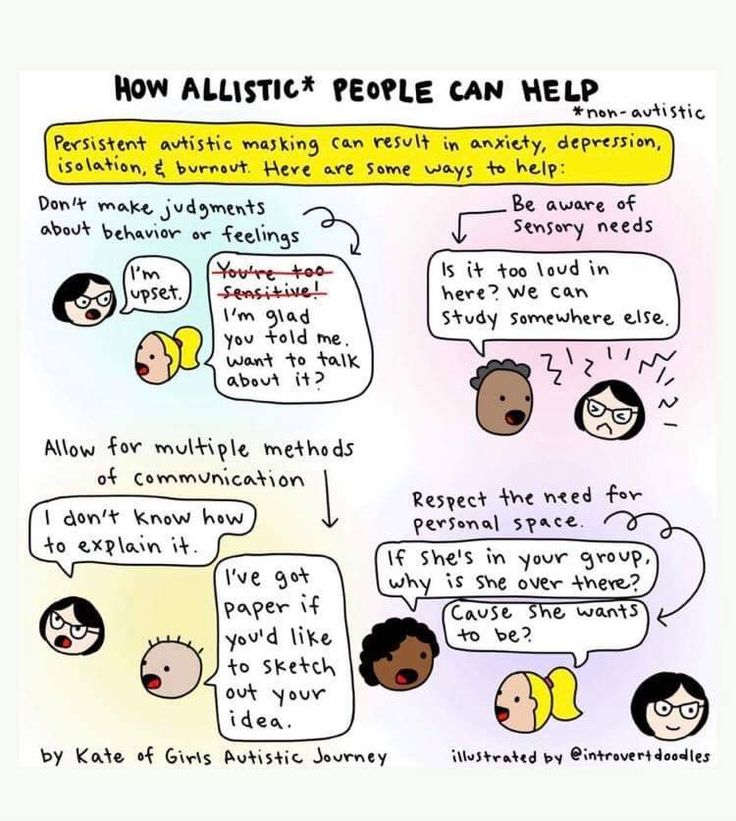 research further highlighted the difficulty many of their participants experienced in accessing accommodations and resources (likely associated with high cognitive and verbal skills). They identified that the tendency for people to “gaslight” the struggles of autistics as not real (due to the invisibility of masking), was a significant contributor to the accumulation of stress and overall load.
research further highlighted the difficulty many of their participants experienced in accessing accommodations and resources (likely associated with high cognitive and verbal skills). They identified that the tendency for people to “gaslight” the struggles of autistics as not real (due to the invisibility of masking), was a significant contributor to the accumulation of stress and overall load.
Autistic Burnout Triggers
While there are many chronic causes of Autistic burnout it can also be helpful to identify the triggers that can cause burnout.
It's helpful to know your specific triggers. Some people have mild burnout every time their schedule changes, or perhaps after a season of high social demand.
Knowing your specific triggers for burnout will help with burnout prevention and help you to understand your needs better.
Autistic Burnout RecoveryRecovery depends on the person and the specific causes. In the situation of acute burnout (like the person who gets tunnel vision while at a party), they need to go home and rest for the night and will likely regain vision and skills in the morning.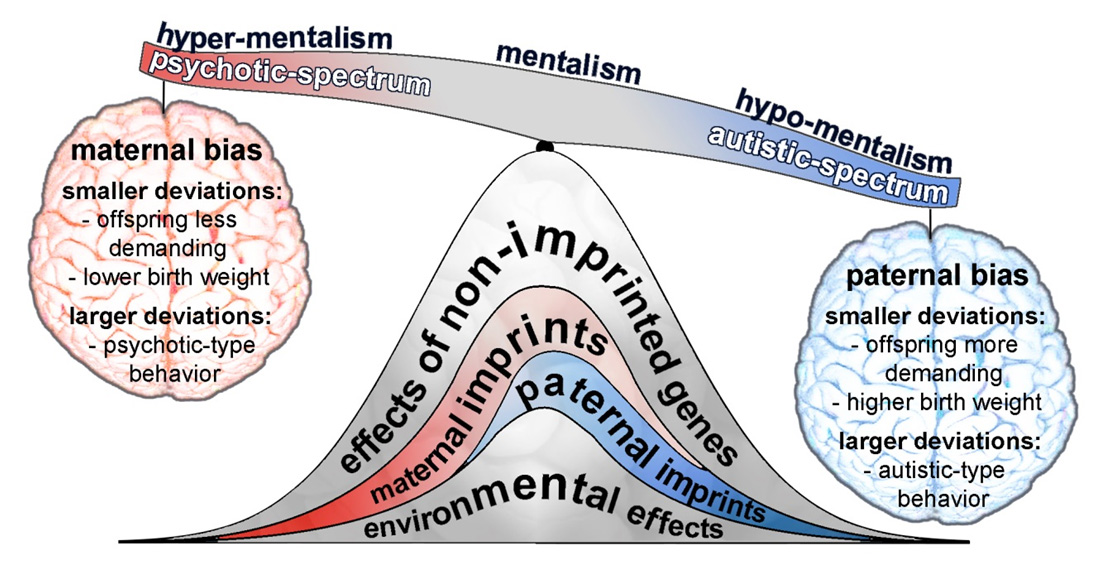
For a more prolonged season of burnout, a person may need to significantly restructure their lifestyle and remove themselves from the causes of their burnout. It may become more difficult to recover the older a person is.
Dr. Neff’s Tips for Autistic Burnout Recovery:Practice boundaries and reduce unnecessary workload
Find ways to reduce sensory input (use noise-canceling devices, sunglasses, etc.).
Rest. Try to focus on rest that feels restorative. Binge-watching T.V may feel restful but likely not restorative. Reading or listening to a book related to a special interest, engaging in activities that you experience as soothing to your sensory system.
Find alternative ways to express yourself. Many Autistics have alternative ways of expressing emotions. Writing, art, making a collage, writing a poem, or finding music that matches your mood are just a few examples of alternative ways of expressing yourself.
 And, if you feel empty and if there isn’t anything to express, that’s okay to.
And, if you feel empty and if there isn’t anything to express, that’s okay to. Don’t let the routine go. In burnout, we’re tempted to lose the routine altogether. However, routines are soothing to our nervous systems and minds because they tell us what to expect. The routine can be “wake up, make coffee and rest on the couch for two hours while reading,” it doesn’t have to be rigorous, but having a few anchor points during the day will be helpful.
Engage in activities that are soothing to your senses. Gentle movement is likely helpful; finding gentle and soothing ways to move your body.
Nature is particularly restorative for autistics. If you have access, take time to go and sit by a lake, the Ocean, or a beautiful meadow, or simply listen to nature songs.
A list of potential solutions to autistic burnout also emerged from the Raymaker research. Here is a list of potential solutions that they proposed:
Autistic Burnout Recovery Tips (Raymaker et.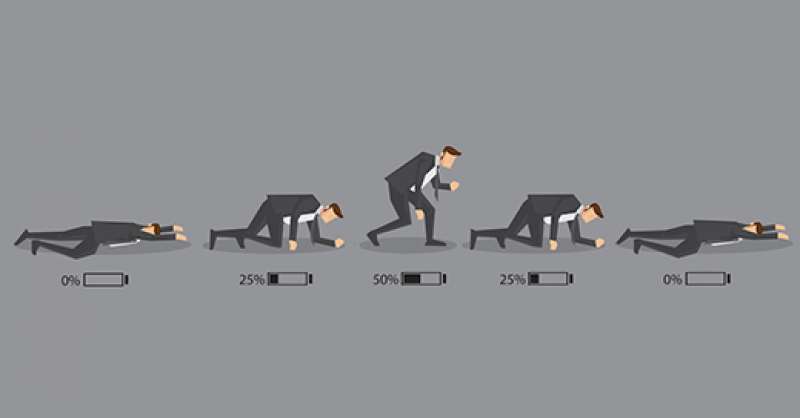 al.)
al.)Acceptance and access to Social Support: individual and community support, peer support, attending to autistic needs, unmasking.
Prevention is the best strategy for Autistic burnout. Self-knowledge is critical for this--knowing your triggers and identifying early signs of burnout. For some people, early signs will be increased sensitivity to sensory input; for others, it will be depersonalization and detachment; or vision changes such as tunnel vision.
Such signals can inform a person that it’s time to remove themselves from the situation and arrange some sensory detox and downtime. Self-Knowledge can also help a person self-advocate, seek out appropriate supports and accommodations, and plan travel and daily rhythms in such a way that builds in sensory detox/downtime.
The difference between autistic burnout and depression – Student Life
‘Having All of Your Internal Resources Exhausted Beyond Measure and Being Left with No Clean-Up Crew’- Autism in Adulthood Journal.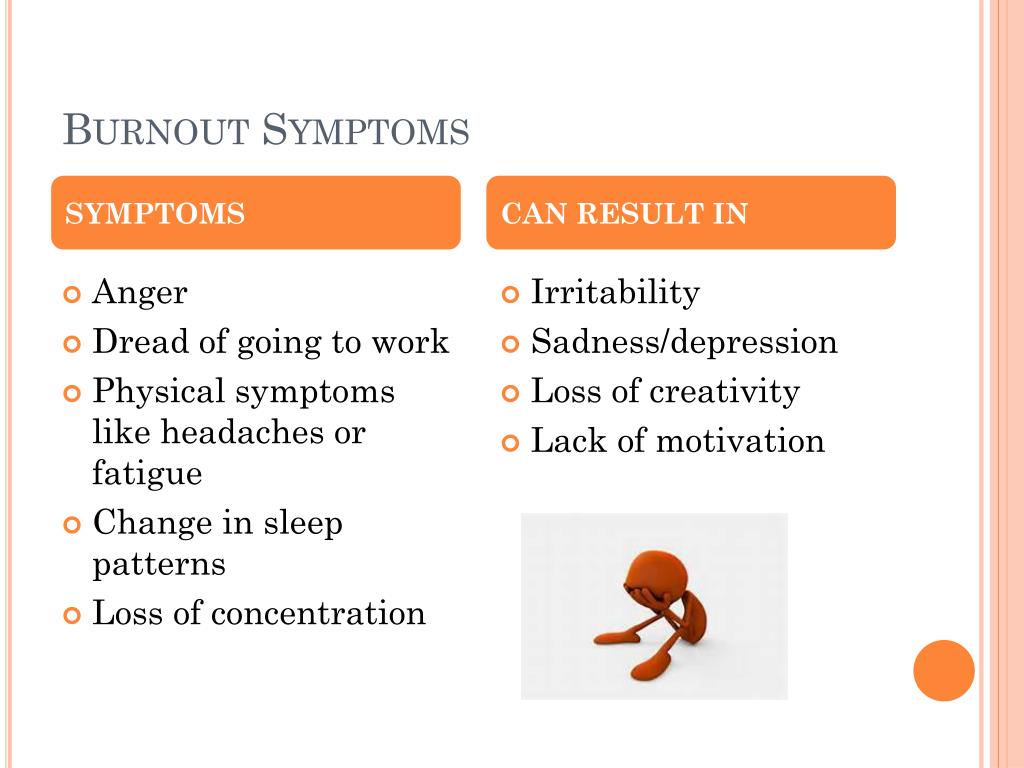 Vol. 2, No. 2.
Vol. 2, No. 2.
I want to contribute to the debate around differentiating between Autistic burnout and symptoms of depression as an actual Autistic person who has been diagnosed with depression, as most available resources seem to be scholarly or organisation-led, rather than anecdotal or personal.
My hope is that I can help other Autistic people recognise burnout, which shares so many symptoms with depression. The distinction between the two is so important because while presentation may be similar, steps to alleviate symptoms hugely differ. So, by mistaking Autistic burnout for depression, you are likely to make yourself feel worse. This creates the cycle that I spent my entire childhood stuck in.
What is Autistic burnout like?
‘Autistic burnout’ is the intense physical, mental or emotional exhaustion, often accompanied by a loss of skills, that some adults with autism experience. Many autistic people say it results mainly from the cumulative effect of having to navigate a world that is designed for neurotypical people.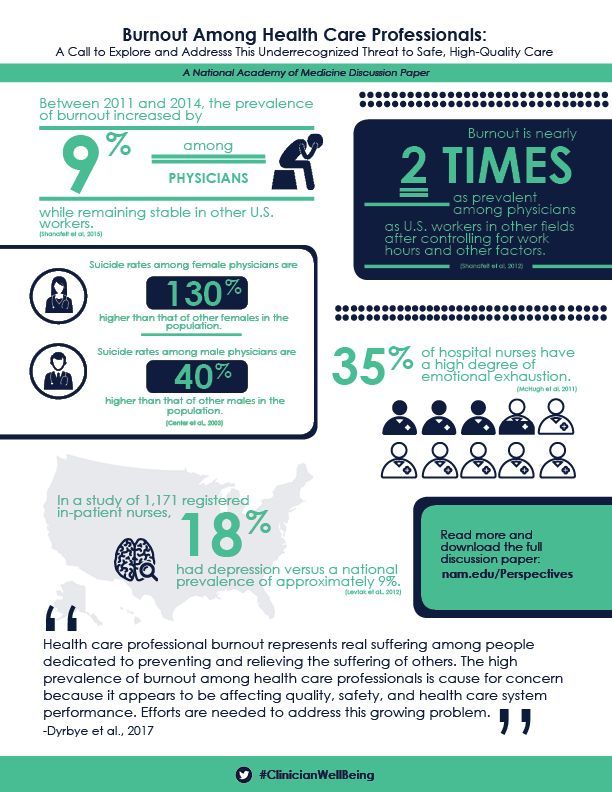
Burnout may especially affect autistic adults who have strong cognitive and language abilities and are working or going to school with neurotypical people. Much like many aspects of Autism, burnout severity and presentation varies from person to person but the main components are:
- Loss of skills – cognition, executive function, memory, speech/communication, ability to cope, ability to do things once could do
- Increased sensitivity to sensory stimulus, to sensory overload, to change & to social stimulus
- Increased autistic behaviour (e.g. stimming, speech difficulties)
- More frequent meltdowns/shutdowns
- Chronic exhaustion
- Contributes to depression, anxiety or suicidal behaviour
For me, burnout typically manifests as: sensory overload, complete depletion of my social battery, chronic exhaustion, inability to handle ordinary commitments and cancelling plans.
What Causes Burnout?
Burnout is often caused by masking, which is a social phenomenon where autistic people learn, practice, and perform certain behaviours and suppress others in order to appear more neurotypical. This strategy can help Autistic people appear more ‘functional’ or ‘normal’ but requires immense effort. Burnout can also result from sensory overload, such as an overwhelming environment, executive function demands like having to juggle too many tasks or commitments at once, or stress associated with change.
This strategy can help Autistic people appear more ‘functional’ or ‘normal’ but requires immense effort. Burnout can also result from sensory overload, such as an overwhelming environment, executive function demands like having to juggle too many tasks or commitments at once, or stress associated with change.
For me, burnout is typically caused by being forced to mask for long periods of time – this is why I’m functioning so much better with online classes as I don’t have to mask at all.
How Do You Recover From Autistic Burnout?
Because burnout is subjective and steps to recovery vary from person to person, but the main strategies are:
- Reducing commitments or tasks as much as possible
- Stimming or time with special interests
- Time spent without masking
- Time off from school or work
- Reduced self-expectations
- Sensory or social withdrawal
- Time to recover
- Recognizing triggers and adapting life as much as possible to reduce burnout
For me, I reduce commitments as much as I can and spend A LOT of time by myself or with loved ones who I don’t need to mask around.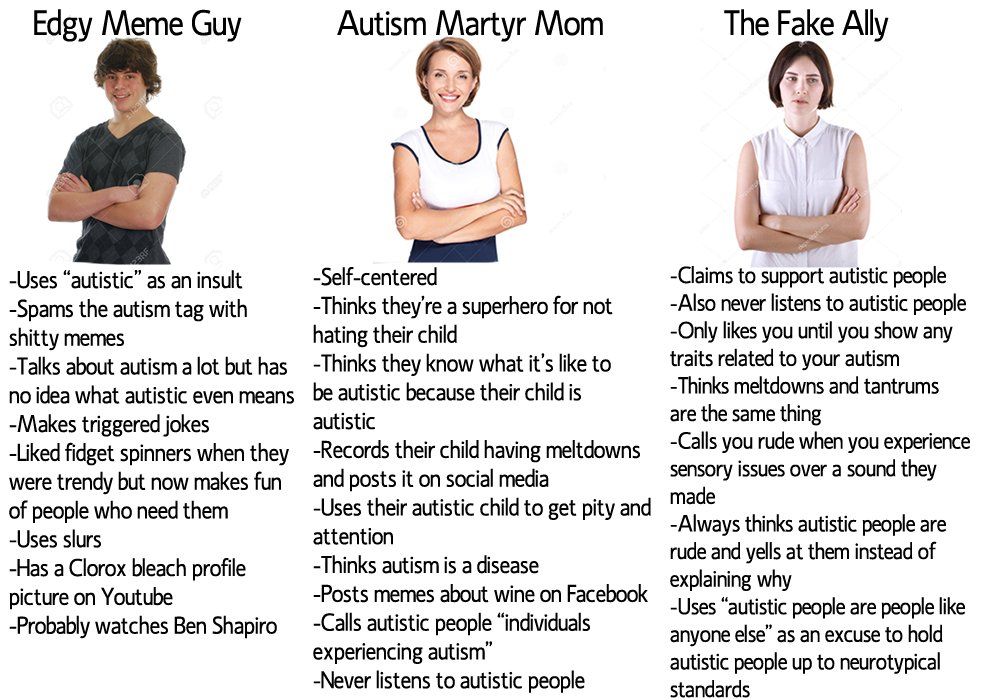 I indulge my interests and take time to recharge this way, away from the pressure to present as neurotypical.
I indulge my interests and take time to recharge this way, away from the pressure to present as neurotypical.
Strategies for Family and Friends:
- Reduced expectations
- Acceptance of Autistic behaviours, e.g., buying stim toys or indulging in your loved one’s special interest
- Emotional support
- Direct support for aid with daily living tasks
- Accommodations at school or in the workplace
- Recognition of triggers to prevent worsened burnout
For me: Helping me to shoulder responsibilities like cleaning or food shopping, advocating for me at appointments, letting me have time to myself.
How does treatment for depression differ from Autistic burnout?
In a nutshell, depression treatment is more about boosting self-esteem and human interaction, while burnout treatment is centred around nurturing your own inner world, free of external pressures. Treating Autistic burnout is all about leaning into the burnout in order to ride it out.
Autistic Burnout
- Reducing commitments or tasks as much as possible
- Stimming or time with special interests
- Time spent without masking
- Time off from school or work
- Reduced self-expectations
- Sensory or social withdrawal
- Time to recover
- Recognising triggers and adapting life as much as possible to reduce burnout
Depression
- Mindfulness
- Talking to someone you trust
- Peer support
- Looking after you physical health
- Trying to stay active
- Keeping a mood diary
- Spending time in nature
- Practicing self-care
- Counselling
- Prescribed Medication
Sources:
https://doi.org/10.1089/aut.2019.0079
https://www.spectrumnews.org/news/autistic-burnout-explained/
https://www.seattlechildrens.org/globalassets/documents/health-and-safety/autism/autism_206_raymaker_slides.pdf
https://www.goodtherapy.org/blog/autistic-burnout-an-often-misunderstood-element-of-autism-080620197
https://www.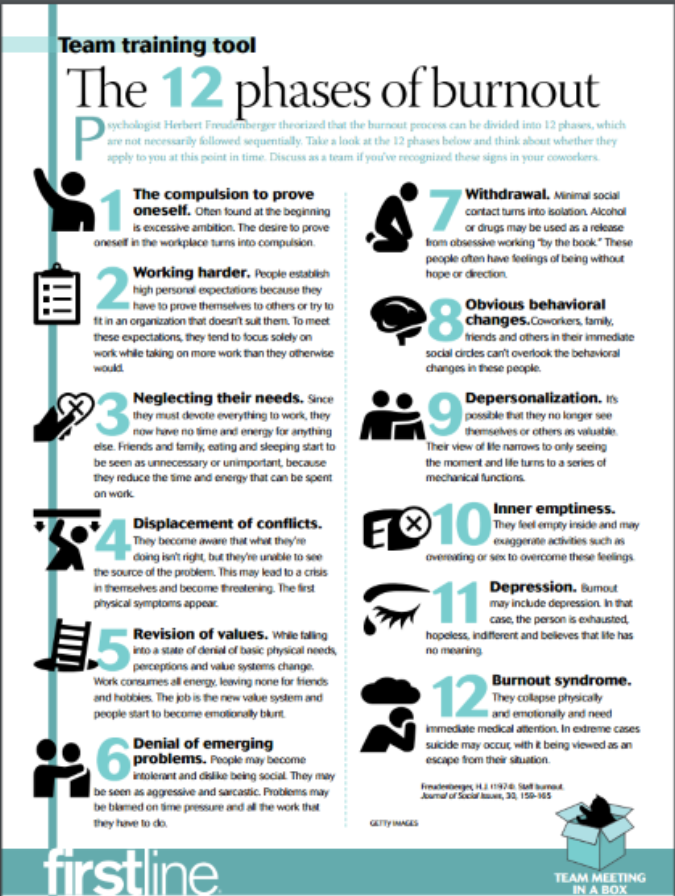 mind.org.uk/information-support/types-of-mental-health-problems/depression/self-care/
mind.org.uk/information-support/types-of-mental-health-problems/depression/self-care/
Here is a ‘One day of looking after you‘ self-care guide provided by the Wellbeing Centre and the Mind guide on Depression.
do less to do more • Autism is
Historically, autism has been perceived by professionals and society as a list of skills, behaviors, and traits that separate autistic people from non-autistic people. These notions have been around for decades, and they imply that we can add or subtract the desired behavior, and then we will have an autistic or non-autistic person.
And since most people are non-autistic, it is not surprising that autistic people were expected to simply learn to behave exactly like non-autistic people. This has led to the goal of helping often being to make autistic children look as much like non-autistic children as possible, and as adults, many autistic people have developed what is called "camouflage" - the ability to mask and hide their features and problems associated with autism.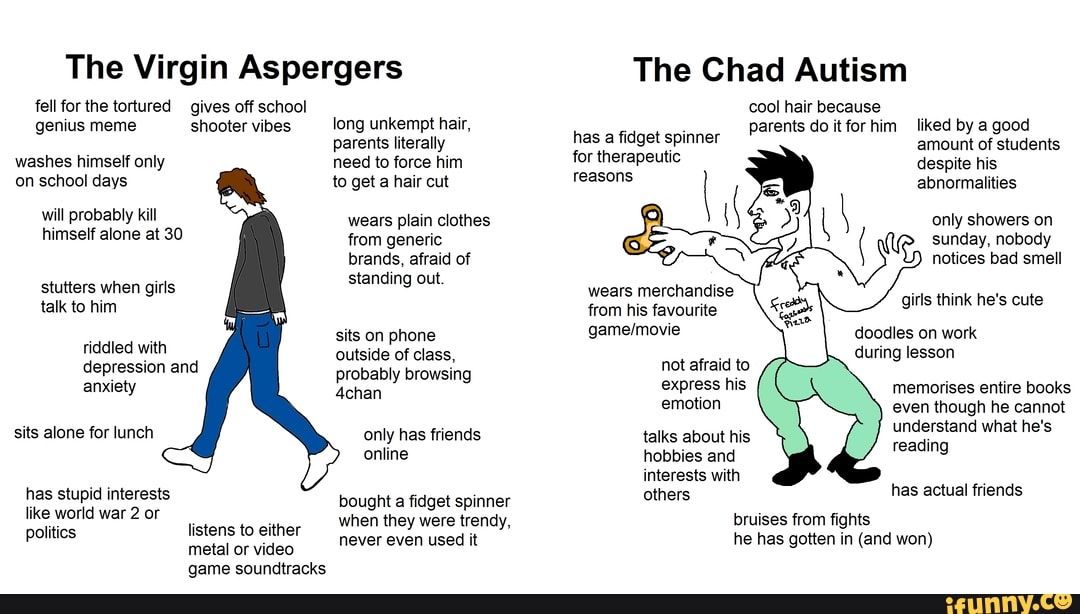 nine0003
nine0003
Camouflage is commonly referred to as social camouflage, that is, copying social behaviors such as eye contact and standard greetings while suppressing social interactions that are characteristic of autistic people. In our experience, in reality, camouflage is much wider. It also includes copying the ways of self-organization, planning and execution of work and household tasks.
Many autistic people have consciously or unconsciously learned everyday life skills that are closely related to camouflage. Most of us learned social norms from standard social scripts—we just learned expected responses and facial expressions. nine0003
Many of us have also learned strategies that allow us to endure sensory and social stress while coping in non-autistic spaces for non-autistic people. We have developed a repertoire of neurotypical behaviors that allows us to pass for "just like everyone else."
However, this perfect camouflage has one very significant drawback. It leads to complete, devastating exhaustion, when we literally fall from fatigue, left behind closed doors. Camouflage requires a huge investment of cognitive and other mental resources, and these costs cannot be underestimated or ignored. nine0003
Camouflage requires a huge investment of cognitive and other mental resources, and these costs cannot be underestimated or ignored. nine0003
The price autistic people pay for camouflage is enormous. Even if we have developed skills that allow us to be indistinguishable from non-autistic people, this does not mean that the practice of these skills is always beneficial for us.
One study published in 2020 found that the more autistic women practiced camouflage, the higher their risk of mental health problems and suicidal thoughts. At the same time, paradoxically, the more women practiced camouflage, the worse they coped with household and other everyday tasks. nine0003
Even more striking is that, according to this study, autistic traits did not correlate with levels of psychological stress. But efforts to hide autism have been associated with increased stress. This suggests that stress is not caused by the manifestations of autism per se, but by the demands to look “normal”, the desire to keep up with non-autistic peers and hide who we really are.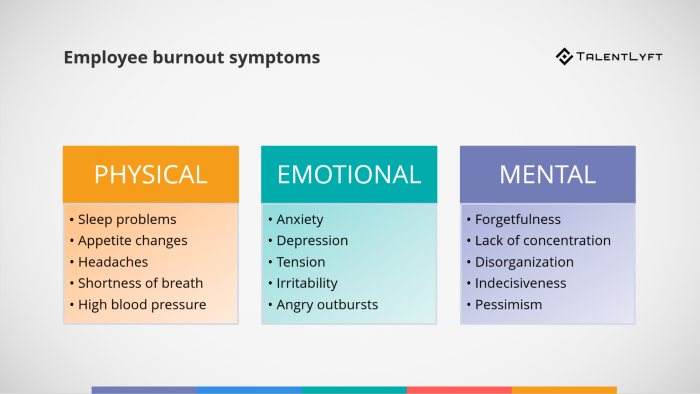
The term “autistic burnout” has long been around among autistic adults and has only recently become the subject of scientific research. Many autistic people report how the constant camouflage of trying to function "like you don't have autism" leads to burnout, an extreme form of exhaustion that can be accompanied by increased anxiety, depression, and suicidal thoughts. nine0003
Autistic burnout results in an abrupt setback, i.e. loss of skills and ability to function. Recovery from autistic burnout can take weeks, months, and sometimes years.
Camouflage by itself causes great fatigue. In addition to this, we live in a world that is not designed for us. We are constantly faced with social demands that are too high for us, changes that are too fast, and unpredictability to which it is extremely difficult for us to adapt. We inevitably expend much more energy interacting with the world around us than people without autism. For this reason, we lose energy faster than expected from us, and we get tired more often.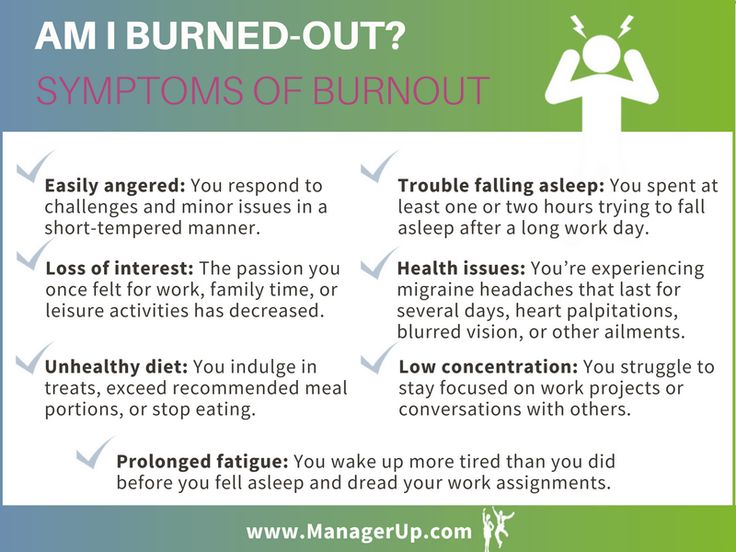 nine0003
nine0003
Another reason why we use energy much faster is our perception of the world around us. Our brains have a harder time filtering information from the world around us, so our brains are constantly processing much more information than people without autism.
Some autistic people use the so-called spoon theory to explain their experience of living with very limited energy supplies. This theory was originally created to explain life with chronic diseases. nine0003
Spoon theory is a metaphor that each activity or task (pleasant or not) requires a certain number of "spoons". Most people have a large supply of spoons that they can use as they please, since they normally do not run out of these spoons. But autistic people have a much smaller supply of spoons for each day, and it can become dangerously small, that's when we need extra rest and self-care, which helps to replenish the supply.
Before, we both tried to do as much as possible every day. We were acutely aware that we were far behind our non-autistic peers. We felt guilty and set high standards for ourselves. We didn’t understand why we can’t live such a fast-paced and busy life - because for everyone else it comes out so naturally. nine0003
We felt guilty and set high standards for ourselves. We didn’t understand why we can’t live such a fast-paced and busy life - because for everyone else it comes out so naturally. nine0003
We tried to ignore the signs of autistic burnout and continued to put pressure on ourselves because we had nothing to compare our experiences with and understand why, for example, attending social events causes us such exhaustion.
When we realized how this is related to our autism, we had to rethink our view of life. We both focused on doing less and doing more with it. We have learned to more accurately assess how much effort we spend on each task, and to distribute our energy more intelligently. nine0003
Through this approach, we have reduced the frequency and intensity of autistic burnout. And ironically, when we started doing less, we were able to do more.
This may sound absurd and counterproductive. We are used to the need to strive to “do more” in order to lead a productive life.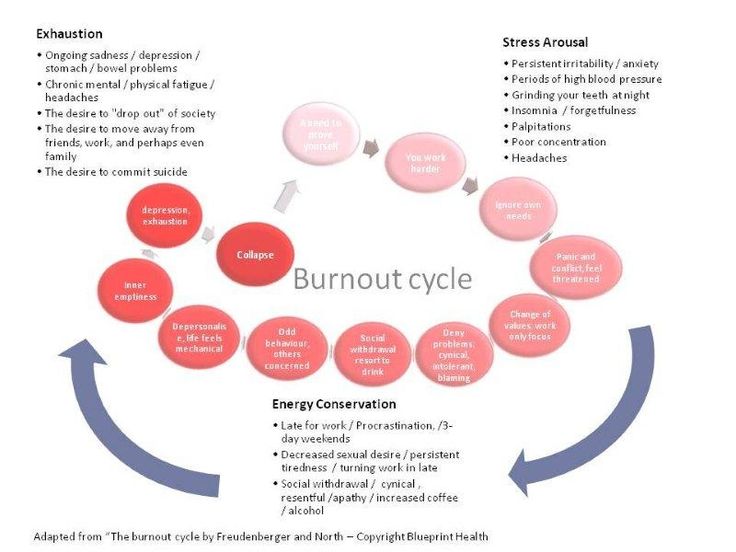 But this is a matter of balance and conscious decision-making. We abandon social and cultural expectations where possible. At the same time, we focus on the necessary tasks and responsibilities that are necessary for our survival and well-being. nine0003
But this is a matter of balance and conscious decision-making. We abandon social and cultural expectations where possible. At the same time, we focus on the necessary tasks and responsibilities that are necessary for our survival and well-being. nine0003
Once we began to practice this approach, we were able to identify many tasks that we could well partially or completely abandon in order to direct more energy to more important things. Daily redirection of energy only to the most necessary tasks has led to the fact that we were able to perform these tasks consistently and more efficiently. We used to spread our resources too far, and as a result, we didn't function optimally and consistently.
We are very lucky because we live in Australia, where there is funding for assisted living services for people with disabilities, including people with autism. Although this system is far from perfect, we understand that we have privileges that are not available to autistic people from many other countries. nine0003
nine0003
While more resources are being devoted to autism support in our region, government and educational institutions are still fully focused on developing new skills. Support that aims to conserve energy is often considered harmful and unnecessary.
For example, some people with disabilities can get take-out meals, but the mere mention of such a service for autistic adults is strongly objected to. It is believed that autistic people should be taught how to cook instead. Of course, this approach is also important and the ability to cook is necessary for everyday life. But our experience suggests that very often the problem is not in mastering the skill itself, but in the fact that this skill competes with the rest of the requirements of everyday life and there is simply no strength left for it. So, eating only sandwiches? nine0003
For many of us, growing in ability is not just learning new skills, but also learning how not to waste energy on things we don't need or don't like.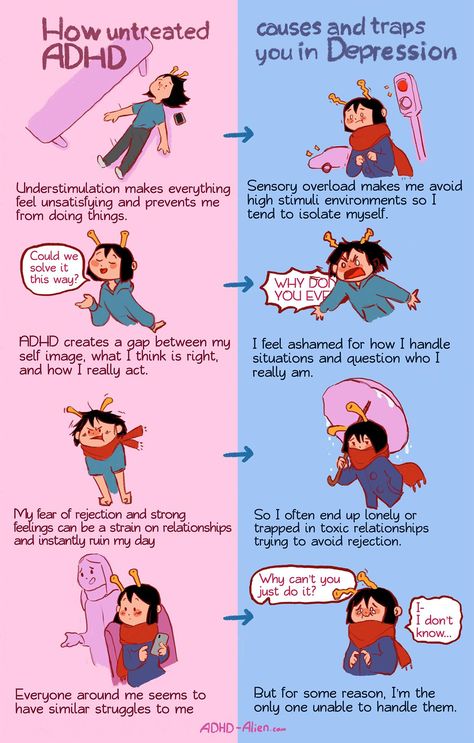 And it is practical support that helps us do less and do more with it so that we can achieve more of our potential, be more productive, and live healthier and more balanced lives.
And it is practical support that helps us do less and do more with it so that we can achieve more of our potential, be more productive, and live healthier and more balanced lives.
Modern society is focused on doing as much as possible, being productive and always busy. In such circumstances, the ability to take a step back and give up something is an important life skill. In reality, doing less is much more difficult than it might seem when you don’t understand how to deal with all the deadlines, household chores and social events. This is not only a question of prioritization, but also of understanding your own values and what is important to you. nine0003
Is burnout a precursor to depression
When a person suffers from depression or burnout, they feel lonely, devastated, and depressed. Deep and, it seems, causeless longing, the feeling that a person can no longer cope with anyone and nothing, practically devours the personality from the inside. However, the burden of suffering weighs not only on himself, but also on his loved ones.
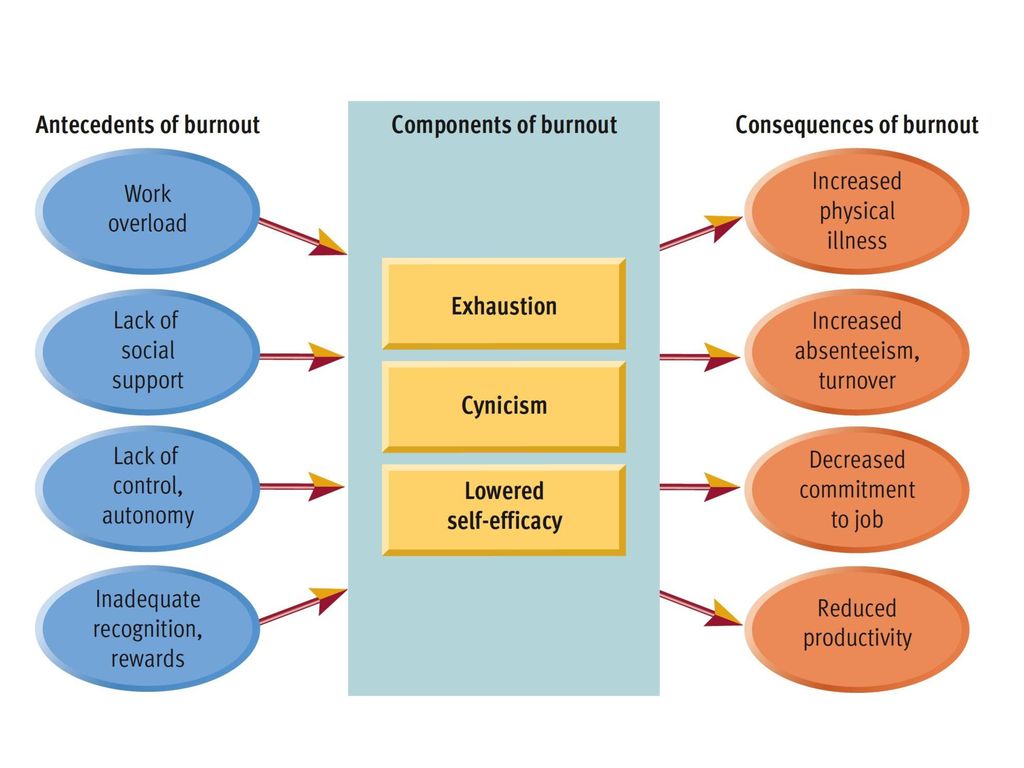 Klaus Bernhardt, author of Panic. How knowledge about the work of the brain will help to defeat fear and panic attacks forever, ”wrote a new work - not only for those who suffer from depression, but also for those who want to help their loved ones return to normal life. We are publishing an excerpt from the book dedicated to the myths and reality of depression and burnout. nine0057
Klaus Bernhardt, author of Panic. How knowledge about the work of the brain will help to defeat fear and panic attacks forever, ”wrote a new work - not only for those who suffer from depression, but also for those who want to help their loved ones return to normal life. We are publishing an excerpt from the book dedicated to the myths and reality of depression and burnout. nine0057
Klaus Bernhardt
Bombora, 2021
Depression
Not only patients, but also some psychotherapists support a persistent stereotype that a lack of serotonin or norepinephrine can cause the development of depressive states. In an interview given to the German website Depression Today, Uwe Gontner, professor of psychiatry, stated his unequivocal position on this issue: Not a single endogenous marker of depression has been established, and no such substance has been identified, the concentration of which would change significantly when the patient's condition improves.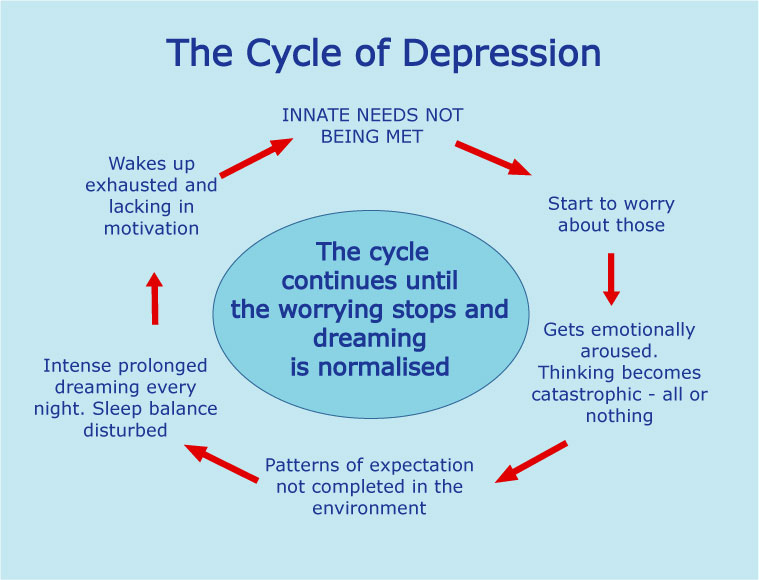 We psychiatrists believed those advertising promises of the pharmaceutical industry, built around any scientific basis. nine0072
We psychiatrists believed those advertising promises of the pharmaceutical industry, built around any scientific basis. nine0072
Prof. Dr. med., psychiatrist and psychotherapist Uwe Gontner is also director of the Psychiatric Clinic AMEOS in Bremen. This institution is one of the oldest hospitals in Germany specializing in the treatment of psychiatric disorders, therefore, data on the treatment of depression and anxiety disorders obtained over many decades are collected there. In a word, this person knows what he is talking about. In addition, his point of view is popular among his eminent colleagues. In another interview he gave at the end of 2016 on Radio Bremen, Uwe Gontner put it even more precisely:
“I think it's time to rename antidepressants. The name of the drugs suggests that simply by taking the pills, one can magically be cured. From the point of view of physiology, this is unreasonable. Therefore, antidepressants are not drugs for depression […] If they are taken for too long, they do more harm than good.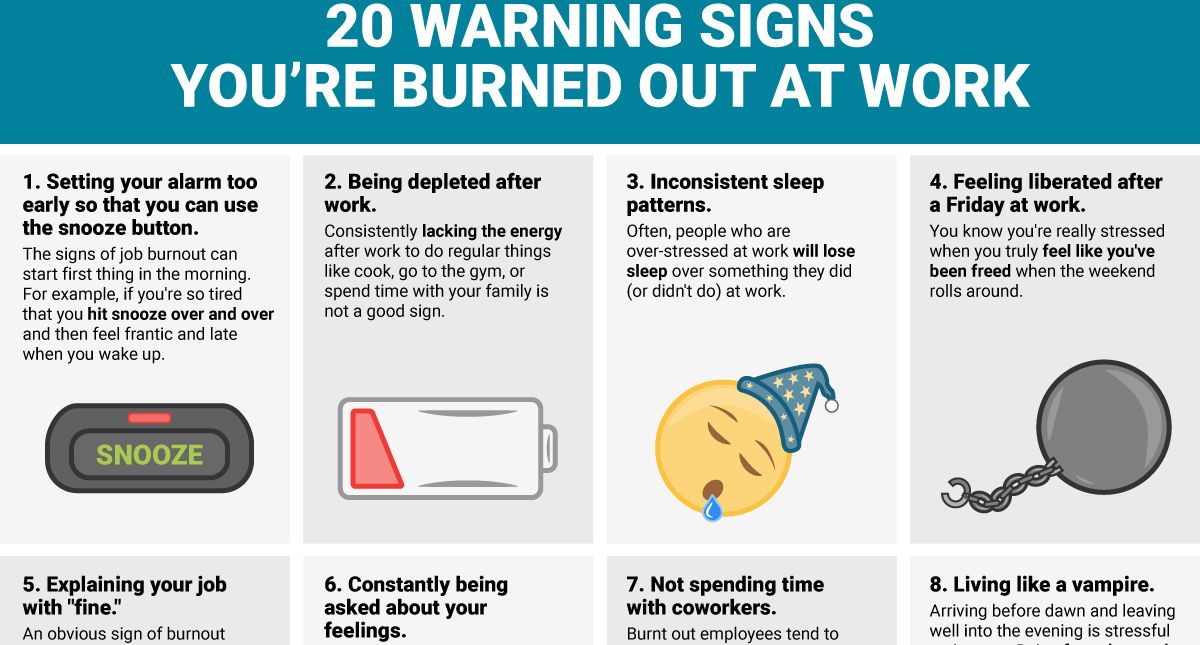 ”
”
In order not to take this statement out of the context of the interview, it is important to mention that there are exceptions - cases in which taking antidepressants is justified even from the point of view of modern medicine. Their short-term use in severe and severe forms of depression can pull patients out of the deepest abyss and restore their capacity to work. But once recovery occurs, drugs should be phased out and replaced by other means, such as targeted psychotherapy. nine0003
Storytel is an international subscription audiobook service. The Storytel library contains audiobooks from almost all genres, from classics and non-fiction to lectures, stand-ups and podcasts. This is a service that solves the problem of reading. It lets you listen to audiobooks anytime, anywhere: while exercising, preparing meals, commuting to and from work, on the plane, before bed, and whenever you want. Storytel creates and records its own unique content - lecture projects, podcasts, audio series, and also collaborates with the best voices in the country. nine0003
This is confirmed by my practical experience gained in the course of clinical practice. If you follow the above recommendations, then, presumably, you can not only cut the amount of prescribed psychotropic drugs by half, but also significantly reduce the number of occurrences of mental illness, while reducing their duration. Now let me explain how I came to this bold opinion.
More than 40 million Europeans take antidepressants, which is about 8% of the total European population. In America, drugs of this kind are consumed by one in ten. Most of the drugs are responsible for increasing the level of serotonin in the brain. However, a completely strange situation is created, since there is not a single scientifically sound evidence that depressed people do not have enough serotonin at all. Many even have a significantly higher concentration. In addition, the link between happiness and high levels of serotonin has never been proven. nine0003
People with high levels of serotonin are not necessarily happier than everyone else, as a rule, they are only more likely to get sexual dysfunction. Thus, according to the German health care daily ÄrzteZeitung , 59% of patients have to struggle with sexual dysfunction after taking antidepressants, especially the following:
-
Citalopram
-
Mirtazapine (Mirtazapin)
-
Clomipramine
-
Paroxetine
-
Escitalopram
-
Sertraline
-
Fluoxetine
-
Venlafaxin
-
Fluvoxamine (Fluvoxamin)❓All of the listed substances are also used in Russian clinical practice and are sold both under their own names and under various trademarks. Prescription drugs must be used strictly as prescribed by a doctor. nine0071 (Scientific editor's note)
Antidepressant prescriptions are on the rise for one simple reason: Pharmaceutical corporations have been sparing no expense for decades to feed physicians and clinicians with false and incomplete information. It is not clear whether the medicines they offer really contain the substances declared on the label?
Simple arithmetic calculations can be made. The number of antidepressants dispensed has almost doubled over the past ten years. If these medications were as effective as the manufacturers claim, shouldn't the number of people suffering from depression and burnout be reduced? nine0003
In fact, their number has increased significantly. How is this possible?
I am tempted to ask the following question: is it possible that the number of patients has increased significantly because of the fact that today twice as many drugs of a certain kind are prescribed? The time has come to summarize a number of facts, which I will confirm on the pages of this book, citing the results of numerous studies as an argument.
Facts
-
Depression is caused by a wide variety of factors that are partly interrelated. Only if the body and mind are considered as a single system, effective measures can be taken to quickly and permanently get rid of depression.
-
Depression is not due to a lack of serotonin or norepinephrine.
Therefore, there is no point in trying to influence the presence of these neurotransmitters in the brain with the help of antidepressants.
-
Any depression should not be treated with drugs in principle. Exceptions are severe and severe cases, but here, too, the medication should be continued for only a few months in order to avoid harmful side effects.
-
Depressions do not necessarily return regularly. They are repeated only in cases where instead of the causes, only the symptoms are treated. Whoever identified the true prerequisites and eliminated them has a real chance of avoiding relapses. nine0003
Storytel is an international subscription audiobook service. The Storytel library contains audiobooks from almost all genres, from classics and non-fiction to lectures, stand-ups and podcasts. This is a service that solves the problem of reading. It lets you listen to audiobooks anytime, anywhere: while exercising, preparing meals, commuting to and from work, on the plane, before bed, and whenever you want. Storytel creates and records its own unique content - lecture projects, podcasts, audio series, and also collaborates with the best voices in the country. nine0003
Burnout
According to a 2018 study by the medical insurance company VVK , every second German believes that he suffers from burnout syndrome. Why is it that more and more people feel like they no longer live up to the standards that are set for them at work and at home?
In fact, there are ten reasons that lead to burnout❓More on them in Chapter 4 of the book. […], if you yourself have suffered this ailment, keep in mind that, most likely, several factors that correlate with each other influence you. Only those who identify all the prerequisites and eradicate them step by step one by one will be able to return to a life filled with ease and joy, and also forget about what happened for a long time. In order for you to succeed in this “work” as efficiently as possible and you do not waste your energy on “hunting the wrong hare”, first you should debunk a few myths related to the topic of burnout. nine0003
Is burnout really depression that needs medication?
There is a widespread myth that the term "burnout" is actually a synonym for the word "depression". Therefore, many doctors prescribe psychotropic drugs in both cases.
Of course, "I have a burnout syndrome" sounds much better than the phrase "I have depression." The word "burnout" subconsciously implies that a person sacrificed himself for a very long time for the sake of work and / or family, until he completely exhausted the resources. In depression, on the contrary, a person is ill with no one knows what, although often there is no obvious reason for illness and malaise. nine0003
As mentioned above, depression in most cases is the result of an unrecognized burnout syndrome. In this case, there is almost no point in prescribing antidepressants, since they will not be able to cure the disease, but will postpone therapy for some time. Acute burnout syndrome can be overcome only if a person realizes what exactly prompted him to overload himself in this way for so long. It often turns out that he is driven to such voluntary self-exploitation and overstrain either by “unfavorable” internal dialogues or certain “thinking errors” that are widely supported even by successful people. nine0003
To make a difference, you need both a clear head and a healthy body whose signals you can rely on. And after taking antidepressants, there is neither one nor the other, since the most common side effects include fatigue, headache, sleep disturbances, digestive problems, sexual dysfunction, nausea, and weight gain. Not the best prerequisites to purposefully and effectively change something in the way of life or thinking.
Does burnout simply lack work-life balance? nine0003
No. This is just another widespread myth. People who suffer from burnout syndrome are great at meeting friends, doing sports, and enjoying their favorite hobbies. However, what they fail to do is switch off. They are constantly haunted by a sense of guilt due to the fact that they did not do something. As a result of this attitude, they cease to draw vitality from what they do. They fail to have fun and enjoy the current moment, as they mentally serve the next client, sort out the desk, solve their children's school problems, and so on. nine0003
An effective countermeasure is attention training. However, it will help only if you have found solutions for all outstanding tasks. Important qualities of all balanced and happy people are the ability to concentrate and delegate tasks. Chapter 5.0003
The job of the psyche is to protect you. This happens if, in an extreme situation, a stopcock is triggered, activated subconsciously, because you have not found a common language with your consciousness. Photographer and writer Ulrich Schaffer very accurately described this tandem of body and soul:
“Now you act,” the soul says to the body. - He doesn't listen to me anymore. Maybe he will listen to you.
“I will get sick, then he will have time for me,” says the body to the soul.
Again, it is extremely important to understand that depression resulting from burnout syndrome is not a disease requiring medical treatment. It is the same stopcock. By pulling on it, the psyche just fulfills its main task: it protects you from yourself and forces you to think calmly. As soon as you identify mistakes in your behavior and correct them, the state of discouragement will disappear by itself. nine0003
However, this will happen only if you have not yet managed to stuff your body with unnecessary medicines, and to such an extent that normal interaction between the body and the psyche has become completely impossible.
Facts
-
Depression and burnout are fundamentally different from each other, and therefore the treatment should be different. Despite this, burnout syndrome can lead to the development of real depression. It can occur due to prolonged overexertion and / or taking the wrong drug. nine0003
-
Burnout syndrome cannot be treated with antidepressants, which often only slow down thought processes.
